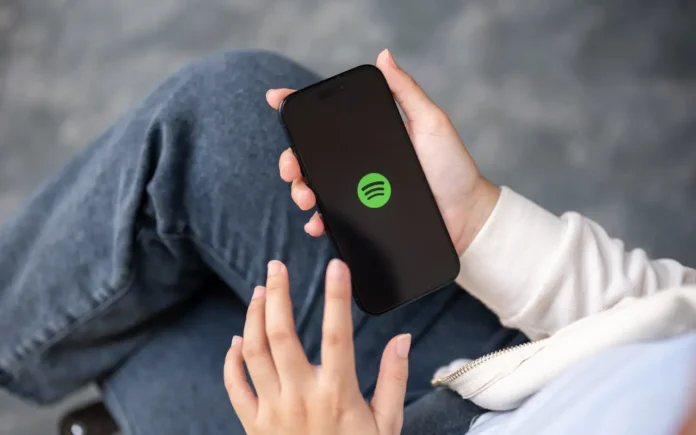
A song drops at midnight. No label. No promo team. By morning, it’s viral in six countries. The artist? Recording on a laptop with a mic bought secondhand.
Independent artists are no longer knocking on doors. They’re building their own stages and turning digital releases into sustainable careers without ever signing a contract.
Is digital distribution rewriting the future of independent music – or is it already the new blueprint? Time to unpack what’s really changing behind the sound.
The Digital Toolkit Redefining Success
Getting your music heard no longer requires a high-powered manager or a million-dollar budget. Different platforms let artists upload their songs to virtually every major streaming service in minutes. With tools like:
- Analytics dashboards
- Royalty splitters
- One-click cover song licensing
Indie musicians have access to a full-stack solution that rivals the traditional infrastructure. Musicians can now launch on Apple Music as easily as posting a video on social media.
With digital distribution, artists keep their rights and retain a bigger cut of revenue. They can choose when to release and who gets a piece of the pie.
Platforms Are the New Labels
While major labels once acted as the gatekeepers to fame and fortune, streaming services are now the stage, the audience, and the data set. Spotify playlists can launch careers overnight.
Apple Music’s editorial picks can shift listening trends globally. TikTok, YouTube, and Instagram are not just discovery tools but platforms that drive streams, ticket sales, and even merchandising strategies.
And the algorithm doesn’t care if you’re backed by a label or uploading from your laptop. It travels. Artists have bypassed the label system altogether by riding digital waves to mass exposure.
You’ll need to work on:
- Crafting smart metadata
- Understanding release timing
- Optimizing pre-saves
- Engaging directly with fans
Revenue Streams Beyond the Track
Streaming royalties get a lot of criticism: and not without reason. Per-stream payouts are slim. But digital distribution opens the door to other monetization layers.
- Sync licensing
- Patreon support
- Bandcamp sales
- NFTs and crypto options
- Virtual concerts
- Branded partnerships
All become possible once a digital presence is established.
For example, a strategic sync deal can pay off bigger than a year of streaming. Artists who know how to manage their catalog and pitch their music to supervisors often find these deals are within reach.
Discovery Is Now a Two-Way Street
The real game-changer in digital distribution is data. Every stream, skip, save, and playlist addition tells a story. Artists no longer rely on vague sales reports or radio spins to gauge success. They know where their listeners live, what songs are sticking, and how long people are tuning in.
This feedback loop empowers artists to make smarter creative and business decisions. Touring becomes targeted. Merch drops are localized. Release strategies get sharper with every cycle.
Some artists are even using this data to land brand deals and festival slots, treating their streaming stats like a digital resume.
Digital Doesn’t Mean Detached
Some argue that digital music feels impersonal. But that’s only true if artists let it. They use:
- Discord servers
- Email lists
- Twitch hangouts
- Behind-the-scenes content
To bring fans into the fold. When people feel connected to the journey, they stick around for the ride.
Artists often share how they use these platforms to create meaningful connections and debut unreleased songs.
Digital Distribution: Now You Know
Digital distribution isn’t just the future of independent music. It’s the present, and it’s rapidly defining the next decade.
With the right tools and a focused strategy, today’s independent artists can do what once seemed impossible: thrive on their own terms.
Further Reading









